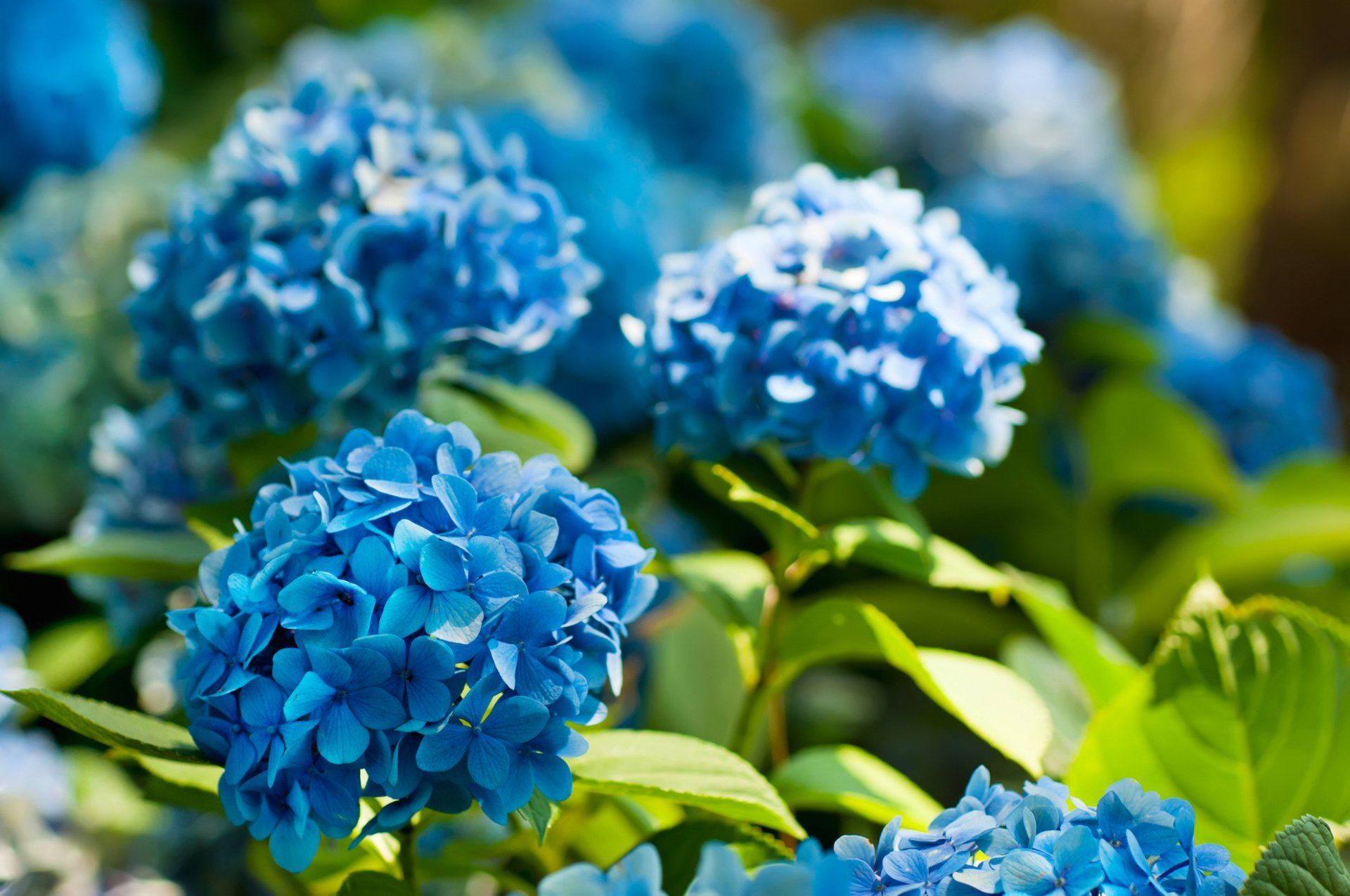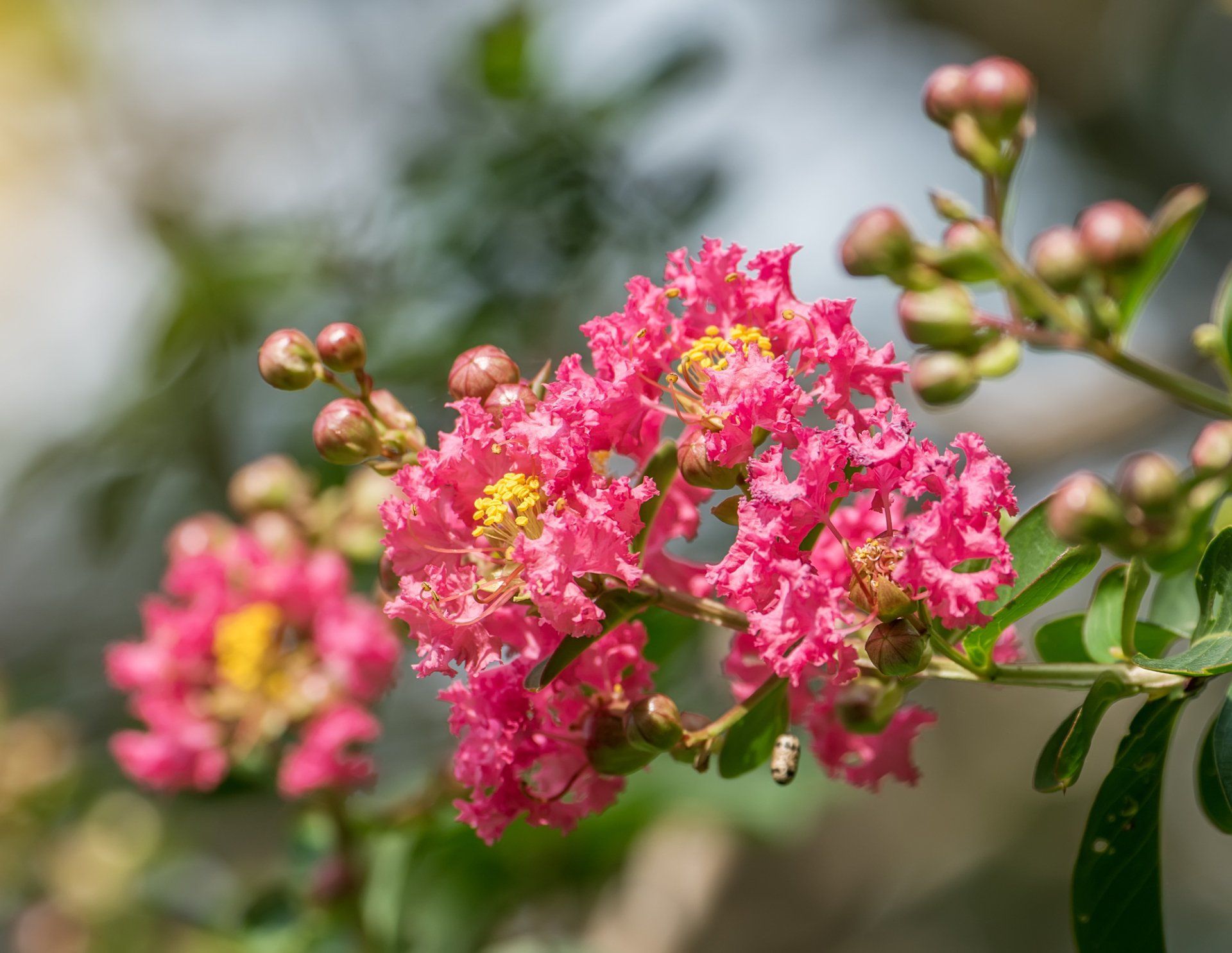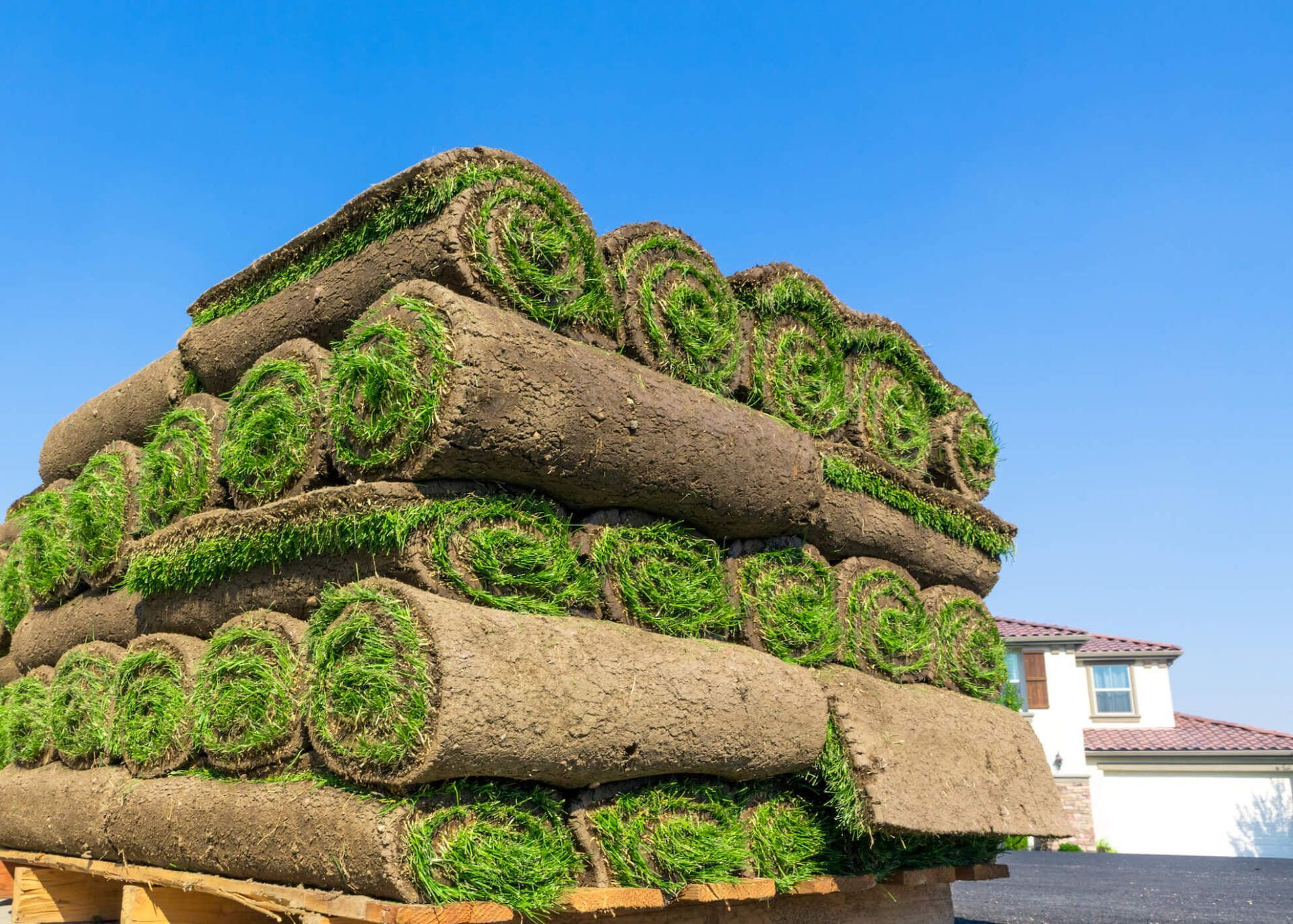Your Ultimate Guide to Azalea Bushes in the Midwest
Are you thinking of brightening up your yard? Are you planning to plant flowering shrubs that would help your garden display an outstanding blaze of color? If your answer is a resounding “yes” to any of these, opting for Azalea bushes would probably be your best option. These shade-tolerant plants produce brightly-colored flowers, making your lawn the most beautiful one in the block.
In this guide, our aim is to provide you with a solid understanding of different types of Azalea bushes that you can grow successfully in the Midwest. Whether you live in Oakville, MO, or any other part of St. Louis County, we hope that this guide will help you leverage the true potential of these fascinating perennial plants.
Different Types of Azaleas to Grow In the Midwest
While people in the South enjoy a broad variety of Azaleas offering different flower color variations, sizes, and shapes, those, who live in the Midwest region, experience limitations. This is because many varieties of these beautifully colored plants lack cold hardiness. Only a small number of Azaleas that appear with outstanding cold hardiness can be successfully grown here.
The following is a list of sixteen varieties of Azaleas that are most commonly grown in this region. Note that in order to be successful in your effort, it’s a must to choose appropriate sites and follow some specific gardening and lawn care procedures. We’ll discuss them in detail in the next section.
Let’s get started with the varieties of Azaleas.
1. Encore Autumn Amethyst
Azaleas that belong to the Encore series like ‘Encore Autumn Amethyst’ would be ideal if you want to enjoy multiple blooming periods. While most Azaleas typically bloom only in the spring, Encores produce blooms in the fall, summer, and spring. It means you can rest assured of having blooms, which are showing for two to three months. With many Encore varieties available, you’ll likely find the perfect hue to match your landscape. Remember to eliminate spent flowers quickly to encourage further flowering, which will attract pollinators to the landscape throughout the season.
2. Fragrant Star Azalea
Considered by many as the most fragrant variety of Azaleas, ‘Fragrant Star Azalea’ produces pure white flowers having very strong fragrance along with pointed petals covering the shrub in mid-spring. Though it’s a polyploidy form of the famous ‘Rhododendron Snowbird’, ‘Fragrant Star’ appears with thicker leaves and bigger flowers. You’ll see amazing clusters of scented white flowers at the branches’ ends, which appear from unique pink flower buds, along with bluish-green foliage during the entire season. Quite a cold hardy and heat tolerant shrub, “Fragrant Star” is a multi-stemmed deciduous Azalea and experiences upright spreading during growth.
3. Gibraltar Azalea
One of the stunning varieties of Azaleas, ‘Gibraltar Azalea’ is a medium-sized deciduous shrub that produces exceptionally beautiful yellow and bright orange flowers covering open branches during mid to late spring. Its slightly fragrant funnel-shaped flowers emerge from deep crimson buds along with beautiful green foliage during the entire season. Offering exceptional mildew resistance, this variety would be ideal if you want to flaunt an enviable flora display.
4. Rhododendron ‘Rosebud’
A compact, small evergreen Azalea, Rhododendron ‘Rosebud’ produces outstanding rosy-pink funnel shaped flowers during mid to late spring. When the buds are about to open fully, the ‘Rosebud’ flower looks like a rose that’s about to open. This incredibly cold hardy variety is one of the most popular double-flowered Azaleas and offers massive flowering, which can remain up to six weeks while hiding branches and the foliage containing mid-green, glossy leaves.
5. Rosy Lights Azalea
A remarkably cold hardy variety, ‘Rosy Lights Azalea’ is a compact, scented deciduous shrub that produces deep rose-pink flowers. You’ll see amazing clusters of trumpet-shaped flowers at the branches’ ends during late spring to early summer, emerging from distinguishable cherry red flower buds. It offers olive green foliage comprising narrow leaves, which become purple in the fall, during the entire season.
6. Rhododendron ‘Windbeam’
Offering exceptional cold hardiness, Rhododendron ‘Windbeam’ is a famous small-leaved Azalea hybrid that produces stunning apricot pink flowers. The color of the flowers changes to pure white before becoming light purplish-pink. The foliage consists of fragrant, small olive-green leaves that become bronze-green during fall. If you’re looking to grow a tough and reliable performer having heat and sun tolerance, ‘Rhododendron Windbeam’ would be a perfect option to enhance the beauty quotient of your lawn.
7. Roseshell Azalea
Highly adored for its outstanding floral display and soothing fragrance, Roseshell Azalea is a showy deciduous shrub that produces rose pink, funnel-shaped flowers during mid to late spring. You’ll see large clusters of flowers along with decently protruding stamens, during or before the leaves emerge. The foliage contains blue-green, smooth leaves that turn eye-catching hues of purple during fall. With remarkable cold hardiness and tolerance to high pH, ‘Roseshell Azalea’ is one of the highly popular perennial plants in the Midwest region.
8. Rhododendron ‘Karens’
With remarkable cold hardiness and slight fragrance, this semi-evergreen, compact Azalea is ideal for creating a stunning landscape. It produces reddish-purple, funnel-shaped flowers in clusters during mid to late spring. The foliage comprises olive green, glossy leaves that turn coppery and wine-red hues during winter and fall. Whether you want to light up your entryway or create a perfect spot for hummingbirds and butterflies to adore the showy, voluminous flowers, Rhododendron ‘Karens’ will become your favorite in no time.
9. Royal Azalea
One of the most sought-after deciduous Azaleas, this variety produces gorgeous pink flowers during mid-spring. There’ll be eye-catching clusters consisting of trumpet-shaped, aromatic flowers at the branches’ ends emerging from distinguishable pink flower buds. During the entire season, it offers dark green foliage of narrow leaves that turn a stunning red during the fall.
10. Rhododendron ‘Klondyke’
If you’re planning to make your ablaze with color during mid to late spring, you should go for Rhododendron ‘Klondyke’. This medium-sized Azalea produces funnel-shaped flowers colored in glowing golden-yellow along with a red tinge on the outer side. Its coppery-red leaves, which form attractive foliage, turn deep bronze during fall creating a spectacular display.
11. Rhododendron ‘Golden Lights’
This deciduous Azalea appears with remarkable cold hardiness and attractive fragrance. It produces outstanding large clusters consisting of orange buds that turn gorgeous funnel-shaped, golden-yellow flowers during late spring to early summer. The foliage containing olive green, narrow leaves offers better resistance to mildew compared to some other hybrid Azaleas.
12. Cannon’s Double Azalea
A deciduous, bushy variety, ‘Cannon’s Double’ Azalea produces large clusters of multi-layered petals during late spring consisting of stunning cream, pitch, and pink blooms that emerge from pink buds. This outstandingly contrasts with the foliage of dark green leaves that appear with red-bronze highlights during the fall. Whether you want to use it for massing in your shrub borders or as a hedge plant, it’ll be a perfect option requiring minimal maintenance.
13. Irene Koster Azalea
If you want to have a huge display of funnel-shaped, sweetly fragrant blooms, extremely popular Irene Koster Azalea could be one of your best options. It produces extremely beautiful rose-pink flowers flaunting a yellow flare with deeper markings, emerging from buds having dark pink stripes. From privacy screen and mass planting to hedging and keeping it as a specimen tree – it’d help you meet a wide range of objectives.
14. Arneson Ruby Azalea
A deciduous Azalea having an upright habit during growth, ‘Arneson Ruby Azalea’ produces wavy-edged, strong red flowers during midseason. You’ll see ball-shaped clusters consisting of blooms in perfectly saturated red in this relatively slower grower. Its bright green foliage turns a stunning hue of red during the fall.
15. Golden Flare Azalea
During mid-spring, ‘Golden Flare Azalea’ gets covered in outstanding trumpet-shaped, lightly fragrant flowers having creamy white overtones along with a salmon blotch at the branches’ ends, emerging from distinguishable salmon buds. This deciduous shrub appears with green foliage comprising narrow, glossy leaves. You can use this multi-stemmed Azalea for different purposes including low screening, massing, and foundation plantings.
16. Mandarin Lights Azalea
‘Mandarin Lights Azalea’ is a deciduous shrub that produces deep orange flowers during spring. You’ll see eye-catching clusters of slightly fragrant trumpet-shaped flowers in tomato-orange color. Its green foliage comprises narrow leaves that turn a stunning purple during the fall. The bright foliage is a perfect choice to use for shrub borders, mass plantings, or as a gorgeous accent plant.
Tips to Grow Azaleas in the Midwest
Azaleas prefer fairly mild, humid weather along with cool summers. However, since the Midwest doesn’t have a mild climate, Azaleas aren't well adapted to the region, especially in Oakville, MO, or other areas in St. Louis that experience extreme temperatures in winter and summer. But it doesn’t mean you should shelve your plans of growing Azaleas in St. Louis. You just need to follow certain tips to grow these plants the right way.
Choose the Right Location
When trying to grow Azaleas in the Midwest, choosing the right site is extremely important. It’s best to opt for a north or east-facing slope to keep the plants away from the direct afternoon sun and southwest winds. Since they need wind protection, planting them next to buildings or slopes that offer adequate barriers would be wise. You may even plant them in the shelter of evergreen trees and shrubs like juniper, pine, or spruce that will offer exposure to morning sun and protection against the harsher direct afternoon sun. However, you should avoid planting your Azaleas against a building foundation with a southern exposure as the site becomes too hot in summer and has to withstand winter winds.
Check the Soil’s pH Level
In recent years, some lawn owners prefer to allow their crepe myrtles to grow into their natural shape, which often leads to crepe myrtle bushes. If you too want this look, remain assured that it’ll still look beautiful and bloom as long as you fertilize and water it properly. And you’d need to perform a minimum amount of pruning to maintain strong branches and trim back as required.
Soil Preparation and Planting
Good drainage of the planting bed is critical for your Azaleas to thrive. You should dig out an 18-inch deep bed that’s 30 inches wide at the least. Your plants should be at least 18 inches from the bed’s edge and 3-4 feet apart from each other.
You should dig the planting hole a few weeks before purchasing the Azaleas. This will give you adequate time to amend and prepare the soil and let it settle. Azaleas flourish in soils that have been amended a lot with organic matter, such as peat moss and compost. If you have heavy clay soil, you should invest a few additional hours to mix a lot of organic matter with the native soil. However, you should avoid using compost or performing mulch installation with mulch that hasn’t turned into a medium-graded, dark colored material. Avoid using leaf mold as well since it would make the plants get settled too deep inside the hole over time as the leaf mold breaks down. This could pave way for water getting collected at the hole’s bottom and triggering a root rot, where the roots and stems of your Azaleas get affected by a fungal disease.
It’ would also be wise to check whether or not you need to perform landscape edging, lawn mowing, or flower bed cleanup before planting Azaleas.
Closing Thoughts
As you can see, Azaleas can prove to be very rewarding ornamental trees as long as you can provide them with the appropriate growing conditions. Unfortunately, many homeowners stay away from growing these stunningly colored plants due to the common perception that says Azaleas are difficult to grow. The reality is when you’ll apply the knowledge gained from this guide, you’ll most likely have a much greater success rate. Just remember that both rhododendron and Azalea fall under the Rhododendron genus. Though both of these flowering shrubs are highly similar, they come with some technical differences. For example, Azaleas are more often deciduous and they usually have smaller branches and leaves while rhododendrons are commonly evergreen and appear with leathery, bigger leaves.
At Kozeny’s Lawn Service, we’ve seen that many lawn owners, especially those who’re new to Azaleas, struggle to grow these shrubs successfully. If you too are finding it difficult, feel free to contact us today and we’ll be happy to help you succeed in your endeavor.



